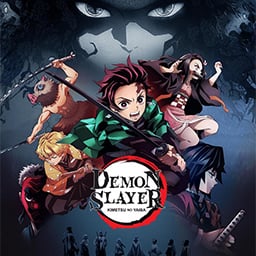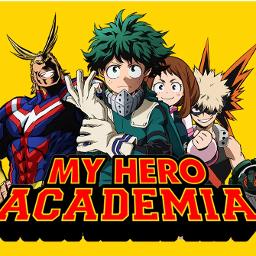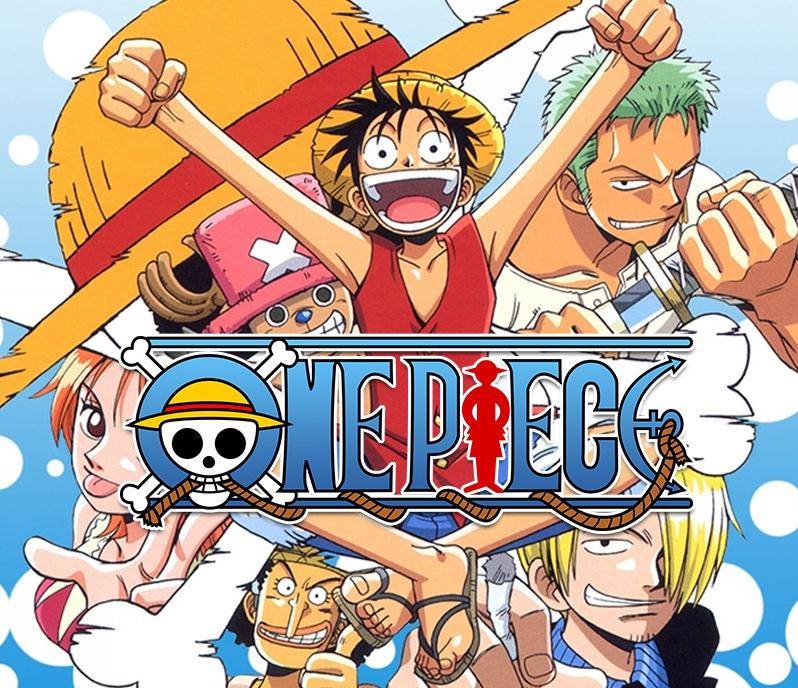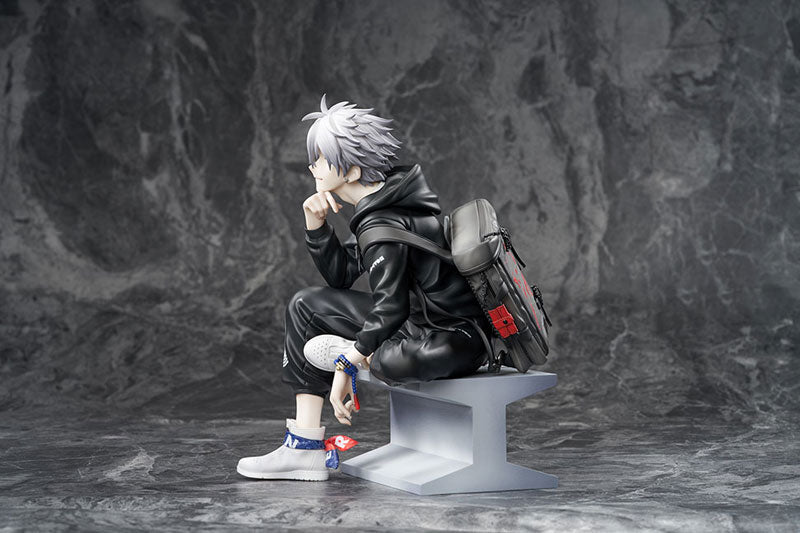Dragon Ball Z Manga Series - Dragon Ball
The Dragon Ball manga is a series illustrated and written by Akira Toriyama , and the Dragon Ball Z manga is the second part of the original Dragon Ball franchise. The manga series was originally published in Weekly Shonen Jump magazine from 1984 to 1995, totaling 519 chapters. Published by Shueisha, the manga consists of 42 volumes.
Dragon Ball Z is based on the final 26 volumes of the complete manga series featuring the story of an adult Son Goku after a time skip.
Production
The Dragon Ball manga series was adapted into two separate anime series, Dragon Ball and Dragon Ball Z , produced by Toei Animation , which aired in Japan from 1986 to 1996.
The Dragon Ball series was turned into a media franchise by Akira Toriyama , among the merchandise there have been Action Figures None Cosplay and Costumes None Goku and Dragon Ball Toys None Trading Card Games None Clothing and Funko Pop as well as Dragon Ball movies, games and a bunch of collaborations.
Reception
During its production period, Dragon Ball became one of the most successful manga series of all time. Selling over 160 million copies in Japan and very popular worldwide, especially in the United States, it sells between 250 and 300 million copies worldwide. Dragon Ball is currently the second/third best-selling manga series of all time, behind One Piece, a manga series that drew heavily from Akira Toriyama's production of Dragon Ball None.
Initially, the manga was not very popular with children. Dragon Ball Son Goku manga series as Toriyama put more emphasis on portraying the inspiration from Chinese mythology by modeling the themes around a classic Chinese novel Journey of the West, with only a little emphasis on "Kung fu" fighting. After suspecting that the fighting genre would cater more to a Shonen Jump audience, Toriyama developed more battles and action in the series which we see much more focus on in the Dragon Ball Z series or the second part of the Dragon Ball None manga .
The Dragon Ball Z series (second half) required Toriyama to place more emphasis on the series' story, which resulted in more intense fights with simplified character lines and phrases. He states that Dragon Ball is an action manga and that the most important aspect is action and speed, with less emphasis on art. It is said that he sometimes struggled to balance the arcs, especially when trying to top the highly successful Frieza arc with the Android arc (which was also ultimately successful), sometimes having to change his story predictions to maintain the series' popularity.
Although there was some negative reaction from American parents to the Dragon Ball series ' illustration style, the series included scenes of nudity, racial stereotypes, and other content that they found disturbing. This issue was addressed by editing the English version of the series so that it did not contain content inappropriate for young children.
Differences with the Dragon Ball Z animated series
Pace
The original Dragon Ball and Dragon Ball Z series are both adaptations of Akira Toriyama's manga. While the plot of the series generally does not change, there is an insertion of non-canon filler episodes, which is more noticeable in the Dragon Ball Z series . Filler episodes serve to slow down the pace of the anime series so that it does not catch up with the manga chapter releases, which is a common method in popular anime/manga series.
Gohan returns to fight Frieza
When Goku was fighting Frieza, there was a heart-stopping moment when Goku was briefly defeated by a fully powered Frieza. In the anime, Gohan jumped in to help his father and confronted Frieza, but in the manga, the fight was strictly between Goku and Frieza.
Physical differences from the Dragon Ball Z animated series
Nameks have extra fingers
In the anime series, the Namekians, who are Piccolo 's race, appear to have five fingers in the anime, while in the manga they only have four.
Breaking the fourth wall
The fourth wall refers to the "invisible wall" between an audience (readers) and the illustrations. Akira Toriyama has a playful style with the audience, often breaking the fourth wall with the comedy and martial arts nature of the series. For example, the characters sometimes become so tough that the manga panels shatter. However, the anime series hasn't really been able to adapt to this style tradition.
Nudity
Both the Dragon Ball and Dragon Ball Z series have several infamous dirty scenes. The manga wholeheartedly adopts the R-rated approach, but there are more retakes in the anime series. The anime often uses rapid editing and different angles to avoid showing R-rated content. The English versions of Dragon Ball have even more editing and censorship due to the
series streamed on platforms such as Cartoon Networks, whose target audience is young children.
Some differences with the English distribution
Dragon Ball and Dragon Ball Z
In the United States, the manga was published as two separate American-style comics, Dragon Ball and Dragon Ball Z, which began in 2000. The Japanese production was a complete set of 42 volumes with no particular physical differences in the volume covers to distinguish the Dragon Ball and Dragon Ball Z series. The release failed due to its large size and high cost, leading to the cancellation of both series in 2002. The series became a launch title for the American edition Shonen Jump Collection in 2003 and in parallel, 42 volumes almost matching the original Japanese manga series but in English were published with the second part of the manga named Dragon Ball Z to distinguish the two parts of the series.
Censorship
The American editions of the original version censored nudity and graphic content from the Dragon Ball series. However, by the end of 2004, the original Dragon Ball manga (not Z) had been released uncensored, along with reissues of previously censored volumes. The Dragon Ball Z manga remained censored except for a few volumes because it did not contain inappropriate content.
Physical differences from the English cast
- Mr. Popo's lips were removed.
- Dark skinned characters have been changed due to some complaints.
- The middle fingers were transformed into fists.
- Mr. Satan was included in the editing of "Hercules" as well as in the dubbing of the Japanese animated series.
- Firearms have been changed to "laser blasters", except for the pistol-wielding robbers seen in early series.
- Sexual and other graphic content has been edited to be suitable for a child audience.
Links
Dragon Ball series
Dragon Ball Z series
Dragon Ball Kai series
Dragon Ball Super series
Dragon Ball GT series
Dragon Ball Super Heroes
Akira Toriyama








